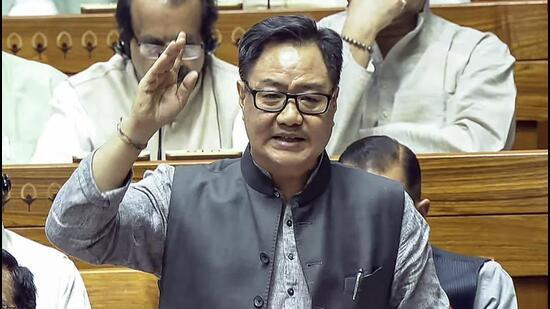
How Accurate Were Delhi Exit Poll Predictions in 2015 & 2020?
The 2015 and 2020 Delhi Assembly elections were watershed moments in the history of Indian politics. The exit polls conducted before these elections were widely followed, as they gave an indication of the likely outcome. In this blog post, we will analyze the accuracy of these exit polls and examine how closely they matched the actual results.
2015 Delhi Assembly Elections
The 2015 Delhi Assembly elections were contested by three major parties: the Aam Aadmi Party (AAP), the Bharatiya Janata Party (BJP), and the Indian National Congress (INC). The exit polls conducted before the elections estimated that the AAP would secure 45 seats, the BJP would win 24 seats, and the INC would win just one seat. However, the actual results were a far cry from these predictions.
The AAP, led by Arvind Kejriwal, emerged as the clear winner, securing 67 seats. The BJP, which had been the ruling party in the city, was reduced to just three seats. The INC, which had been the traditional ruling party, failed to win a single seat. The exit polls had mispredicted the outcome by a significant margin, with the AAP winning 22 more seats than predicted and the BJP winning 21 fewer seats.
The inaccuracy of the exit polls was attributed to various factors, including the lack of reliable data on the voting patterns of the Delhi electorate and the difficulty of accurately predicting the outcome of elections in a polarized political environment. Despite these limitations, the exit polls remain an important tool for understanding the likely outcome of elections and can provide valuable insights for political parties and analysts.
2020 Delhi Assembly Elections
The 2020 Delhi Assembly elections were contested by the same three major parties as the 2015 elections. The exit polls conducted before the elections estimated that the AAP would win 54 seats, the BJP would win 15 seats, and the INC would win one seat. However, the actual results saw the AAP winning 62 seats, while the BJP won eight seats. The INC failed to win a single seat, just like in the 2015 elections.
The exit polls had mispredicted the outcome by a smaller margin than in the 2015 elections, with the AAP winning eight more seats than predicted and the BJP winning seven fewer seats. The accuracy of the exit polls was attributed to the fact that the 2020 elections were more predictable than the 2015 elections, with the AAP having a strong track record of governance and the BJP facing internal divisions.
Conclusion
The 2015 and 2020 Delhi Assembly elections were significant events in Indian politics, with the exit polls playing an important role in shaping public expectations. While the exit polls were not always accurate, they remain an important tool for understanding the likely outcome of elections and can provide valuable insights for political parties and analysts.
The accuracy of the exit polls can be attributed to various factors, including the quality of the data used to conduct the polls, the reliability of the sampling method, and the accuracy of the predictions made by the pollsters. Despite these limitations, the exit polls remain an important tool for understanding the political landscape and can provide valuable insights for political parties and analysts.
Source:






